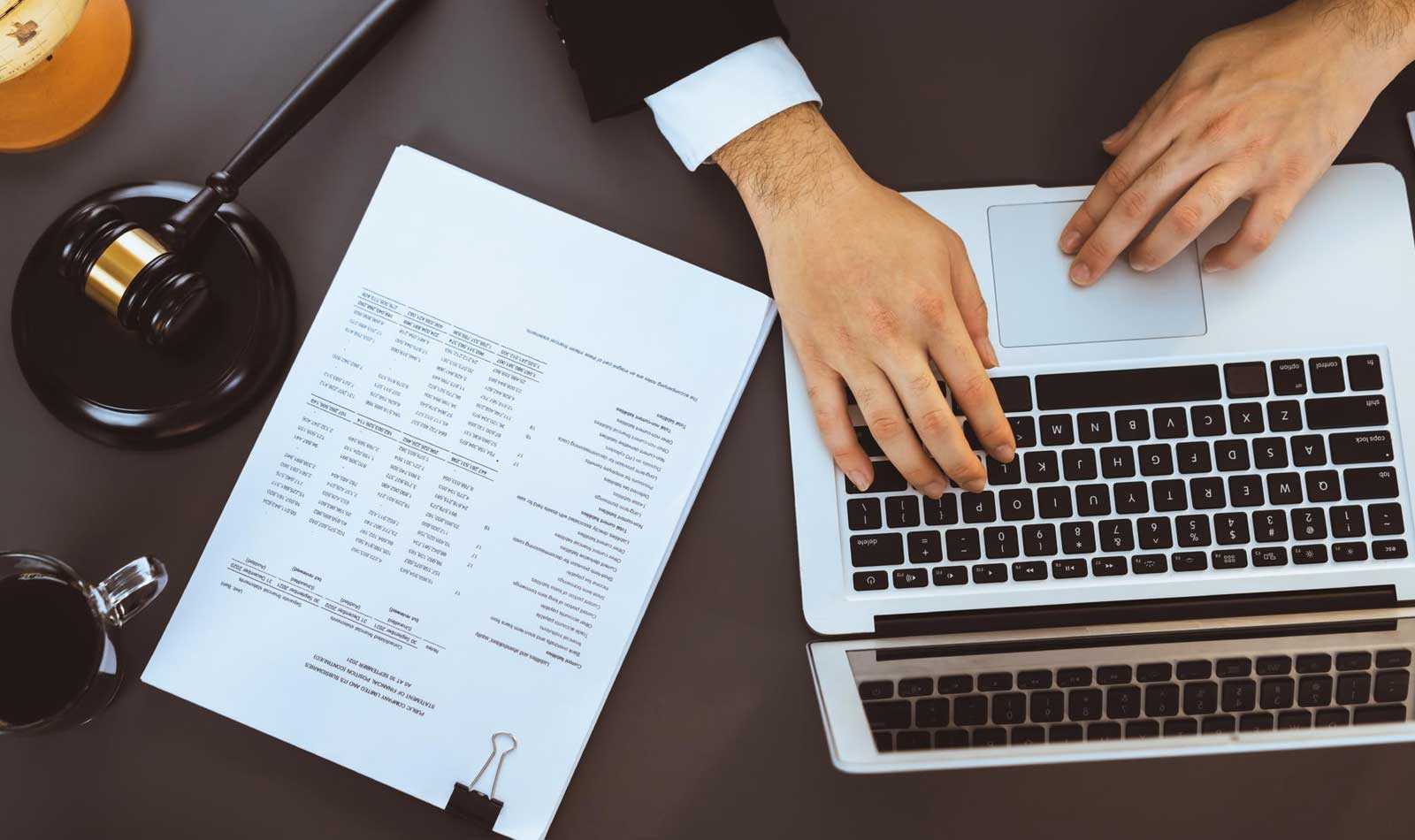A personal injury demand letter is a formal communication sent to an insurance company or a responsible party. This letter is sent for seeking compensation for injuries sustained due to motor vehicle accident, negligence or wrongdoing. It serves as a starting point for settlement negotiations and outlines the circumstances of the injury, the liable party’s involvement, and the amount of compensation being demanded.
Writing a compelling demand letter can significantly influence the outcome of a personal injury case. It also has the potential to expedite the settlement process without the need for litigation.
LMT Glocal Services specializes in drafting persuasive and accurate demand letters, delivered to you within an agreed turnaround time.
Listed below are the key elements that should be included in a personal injury demand letter, as well as best practices for structuring it.
Key Elements of a Personal Injury Demand Letter
- Introduction and Statement of Intent: While drafting a demand letter, begin with a clear, concise introduction. Identify your client and briefly state the purpose of the letter. It could be to request payment or initiate settlement negotiations for the injury sustained due to the negligence of the insured or responsible party. Example: I am writing on behalf of my client, [Client’s Name], to formally demand compensation for injuries sustained on [Date of Incident], caused by the negligence of [Responsible Party’s Name]. My client suffered significant physical and emotional harm, for which we seek financial restitution
- Summary of the Incident: In this section, provide a detailed account of the circumstances surrounding the injury. Explain where and how the incident occurred and who was responsible. Ensure that the details are factual and supported by any available evidence, such as police reports or witness statements. Example: On [Date], my client was involved in a [describe the incident: car accident, slip and fall, etc.] at [location]. The accident was directly caused by the failure of [Responsible Party] to [explain their negligent action or inaction, such as failing to stop at a red light or not maintaining safe premises].
- Liability: Establish clear liability by explaining how the other party’s actions or negligence caused the injury. This section should reference any laws or regulations that were violated, further demonstrating the responsible party’s fault. Example: [Responsible Party] is liable for my client’s injuries due to their failure to exercise reasonable care. Under [cite relevant law or legal duty], [Responsible Party] had a legal obligation to [specific duty, such as drive safely, maintain safe premises, etc.], which they failed to fulfill.
- Injuries and Medical Treatment: Here, outline the injuries your client suffered because of the incident, along with the medical treatment they received. Be specific and include details of all medical expenses, procedures, and rehabilitation efforts. Attaching medical records, bills, and doctor’s notes can substantiate this portion of the letter. Example: As a result of this incident, my client sustained the following injuries: [list of injuries]. My client required [medical procedures] and has been under continuous care from [physician or medical facility]. The total cost of medical treatment to date amounts to $[amount].
- Financial Losses In this section, detail out any additional financial losses your client incurred due to the injury. These could be lost wages, loss of earning capacity, or property damage. Provide documentation, such as pay stubs or repair estimates, to back up these claims. Example: In addition to medical expenses, my client has suffered financially due to [missed work, permanent disability, or other impacts]. To date, the total of lost income is $[amount], and my client’s future earning capacity has been compromised by this injury.
- Pain and Suffering Emotional and physical pain should also be accounted for in a demand letter. While more subjective, this section should convey the emotional toll, discomfort, and ongoing challenges the injury has caused the client. Example: Beyond financial losses, my client has endured significant pain and suffering as a result of this injury. This includes ongoing physical pain, emotional distress, and limitations on their daily activities.
- The Settlement Demand After detailing the impact of the incident, conclude the letter with a specific monetary demand. It should account for medical expenses, lost wages, and non-economic damages like pain and suffering. The demand should be a reasonable starting point for negotiations. Example: In light of the circumstances, my client seeks a settlement of $[amount] to cover medical expenses, lost wages, pain and suffering, and other damages incurred as a result of [Responsible Party’s] negligence. We request that you respond within [a reasonable timeframe, such as 30 days], indicating your intent to settle.
Structure and Tone
- Tone: The tone of the letter should be professional and assertive but not overly aggressive. Avoid emotional language or accusations, focusing instead on facts and legal responsibilities.
- Supporting Documents: Attach copies of all relevant documentation. They could include medical bills, receipts, photos of the accident, and police or incident reports. These serve as evidence to substantiate your claims.
- Closing: End the letter by inviting further discussion but reiterating the demand and the expectation of a prompt response.
- Follow up: Make sure to follow up if you don’t receive a timely response, and be prepared for negotiation discussions or, if necessary, legal action
Example:
“Please contact me at your earliest convenience to discuss this matter. I look forward to receiving your response within the requested timeframe.”
Final Thoughts
A well-drafted personal injury demand letter can set the stage for a successful resolution, either through negotiation or formal settlement.Demand letter drafting services from LMT Glocal Services present a detailed, fact-based account of the injury. It is supported by evidence and a reasonable demand, to create a strong foundation for your client’s case. Our demand letters have been most applauded by clients. Our medico legal experts work as your extended team and deliver you accurate, comprehensive and persuasive demand letters.



